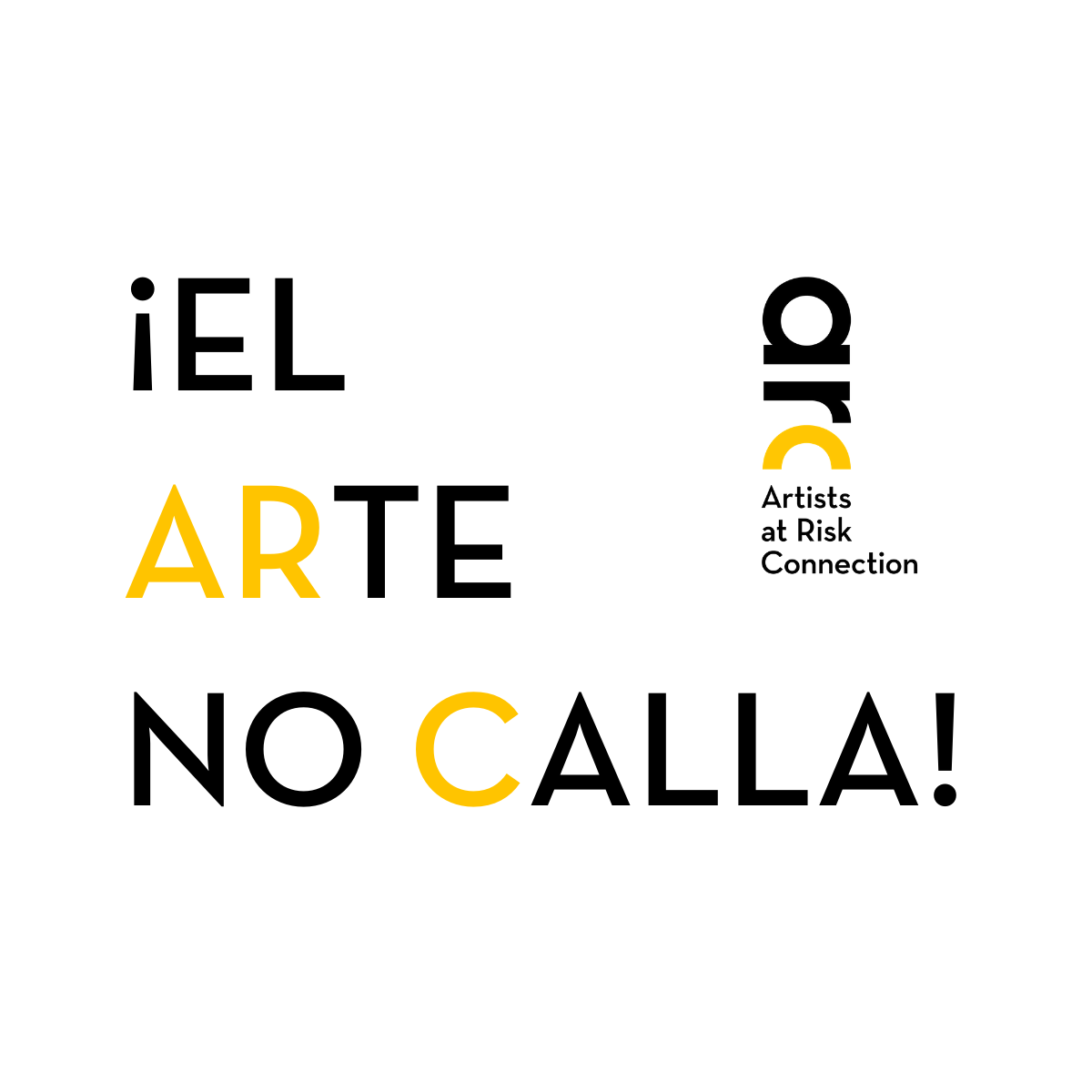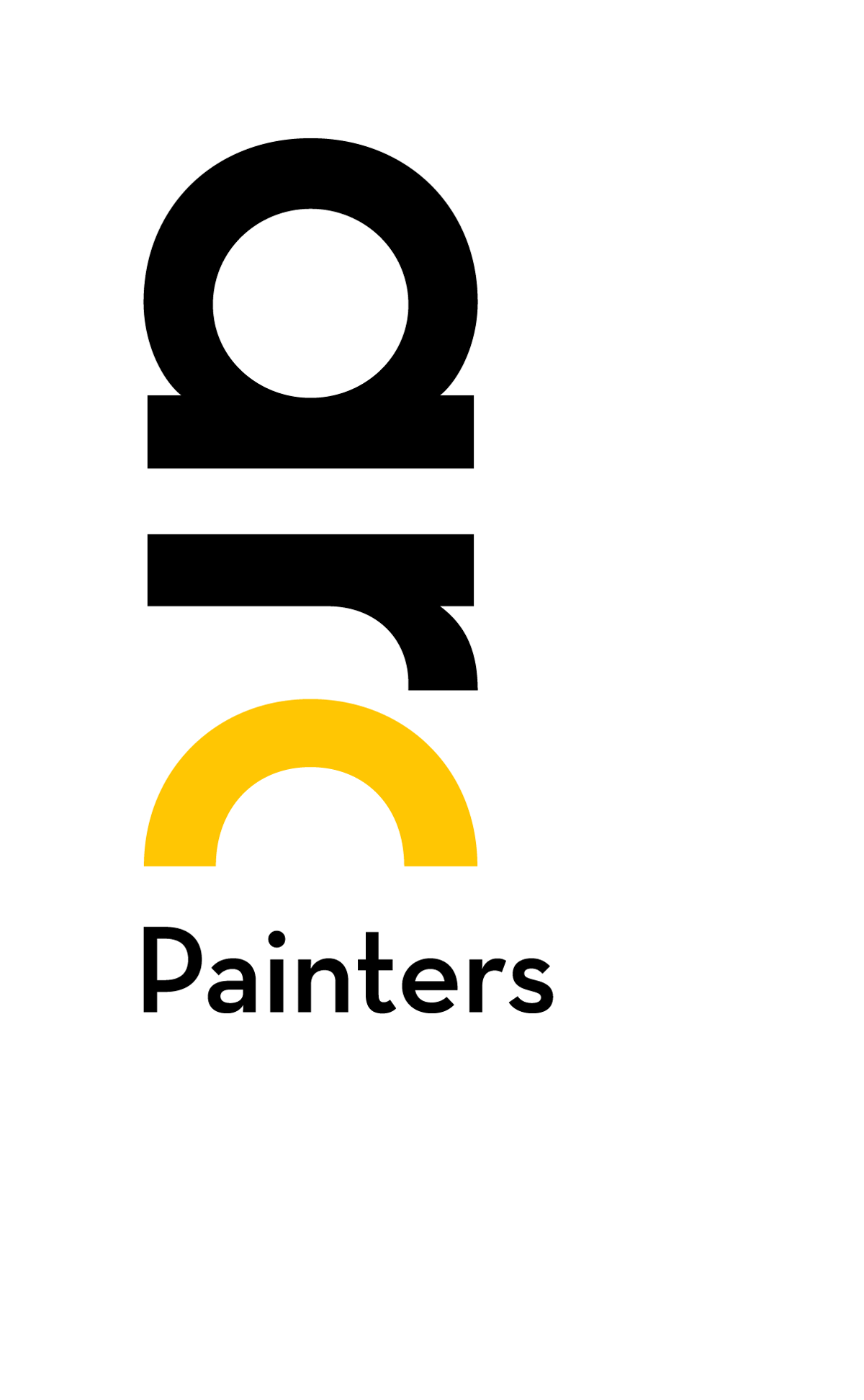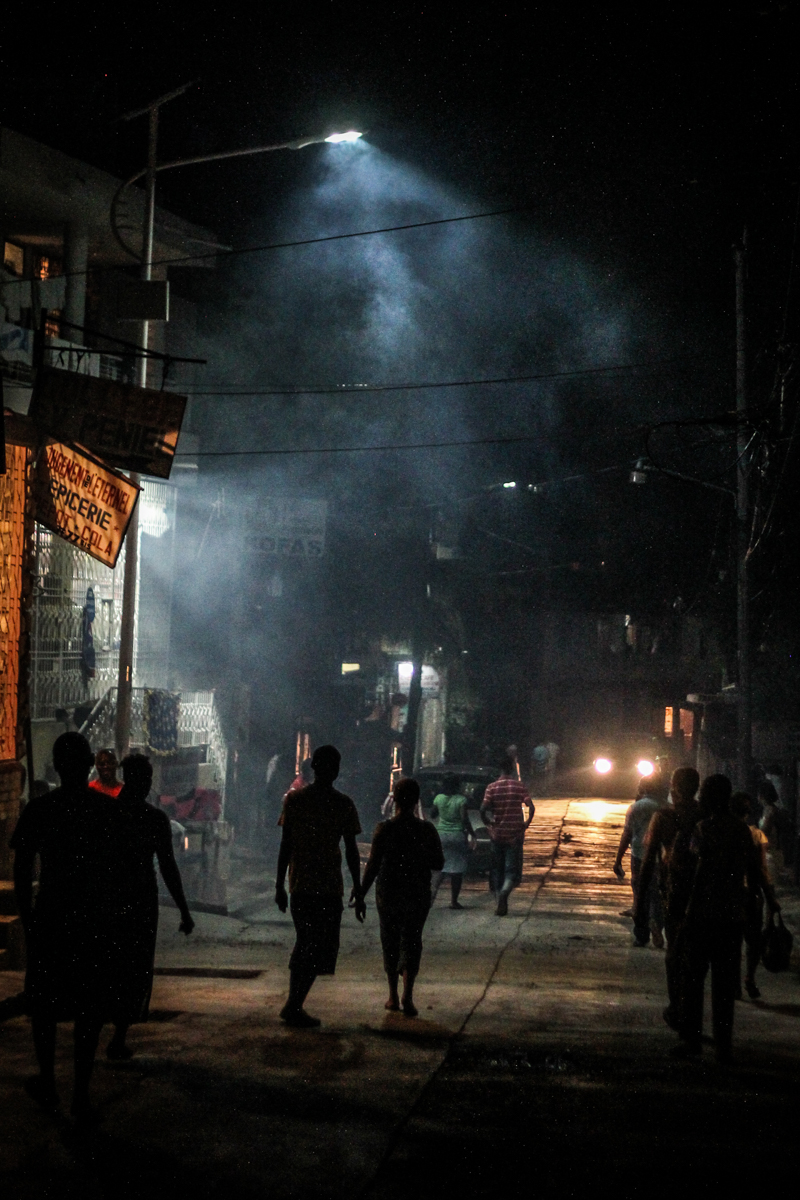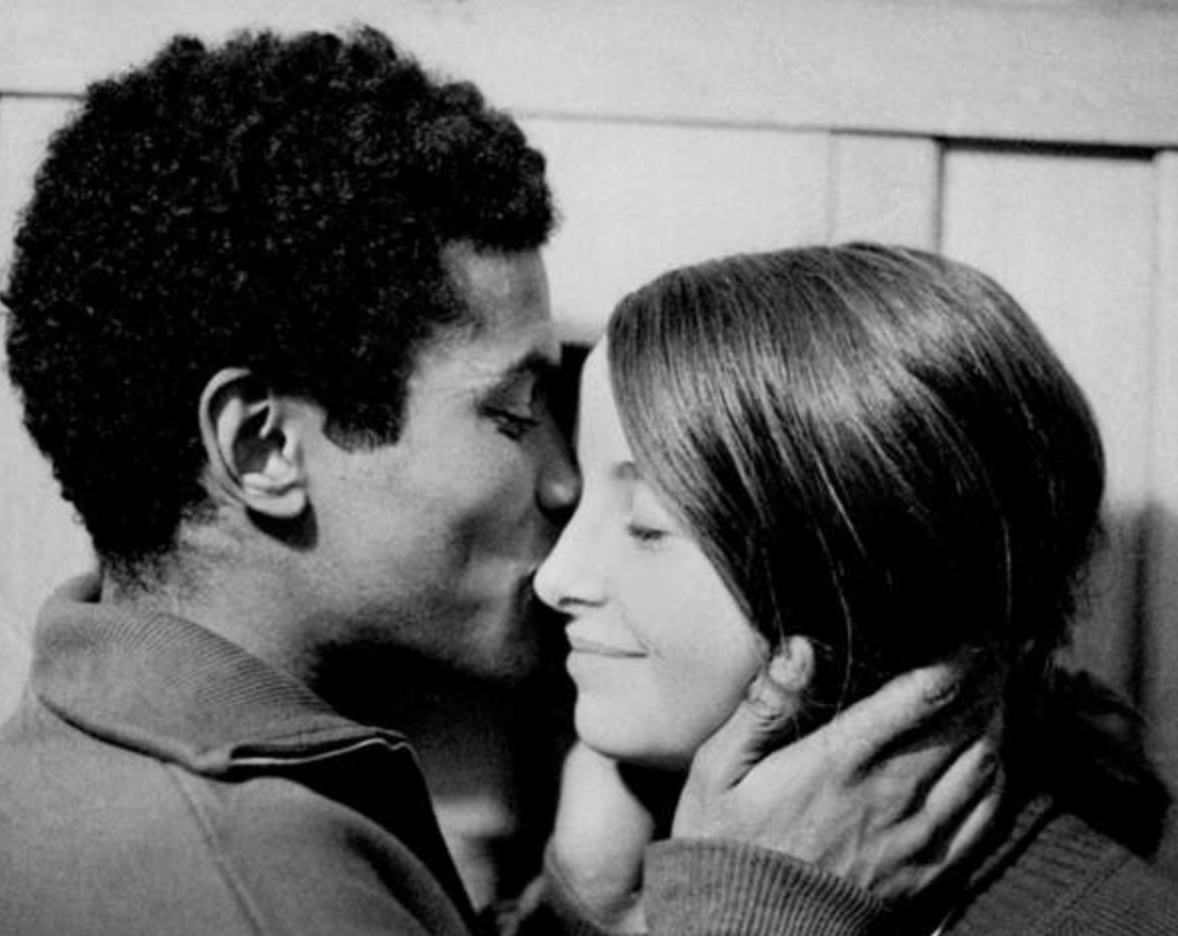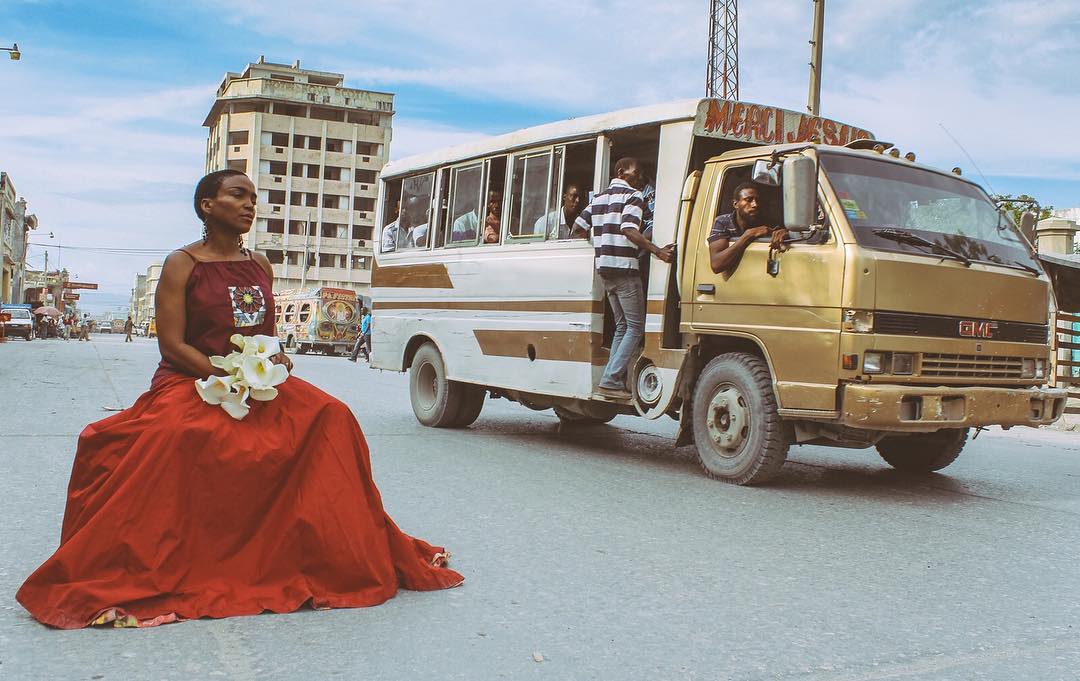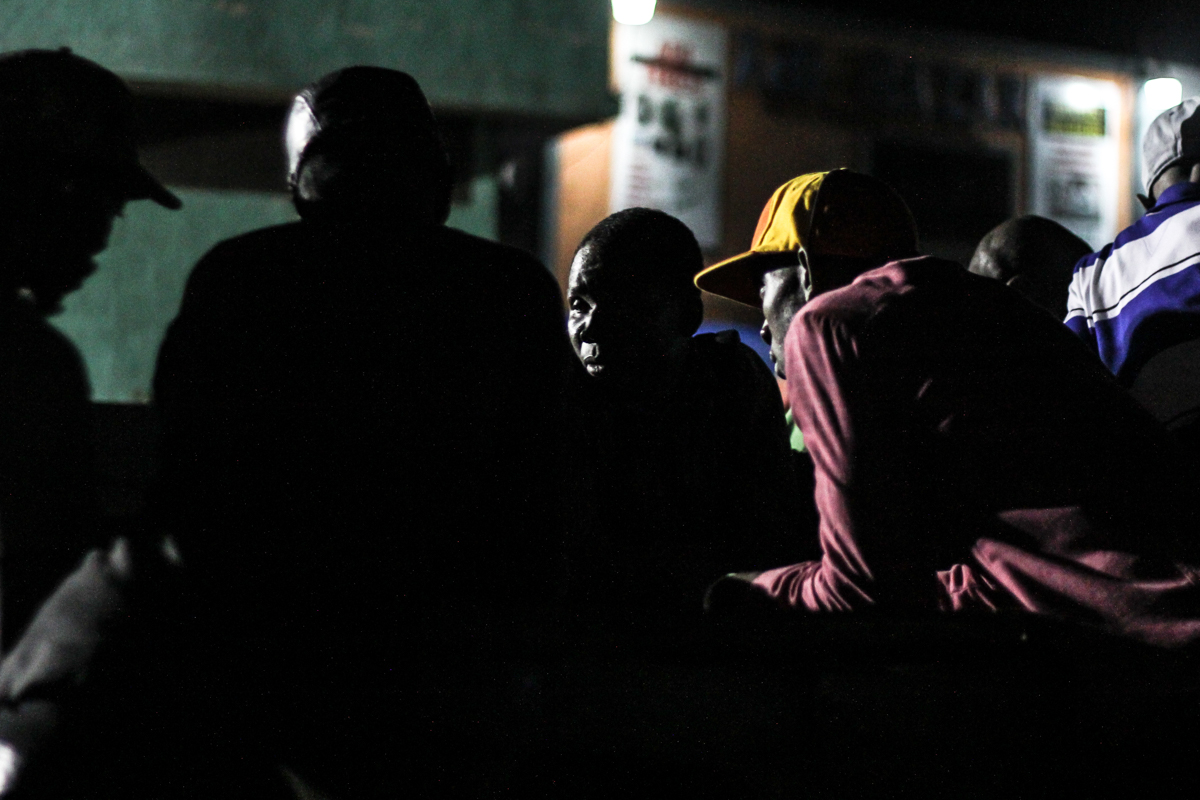The Art of Activism
Haiti
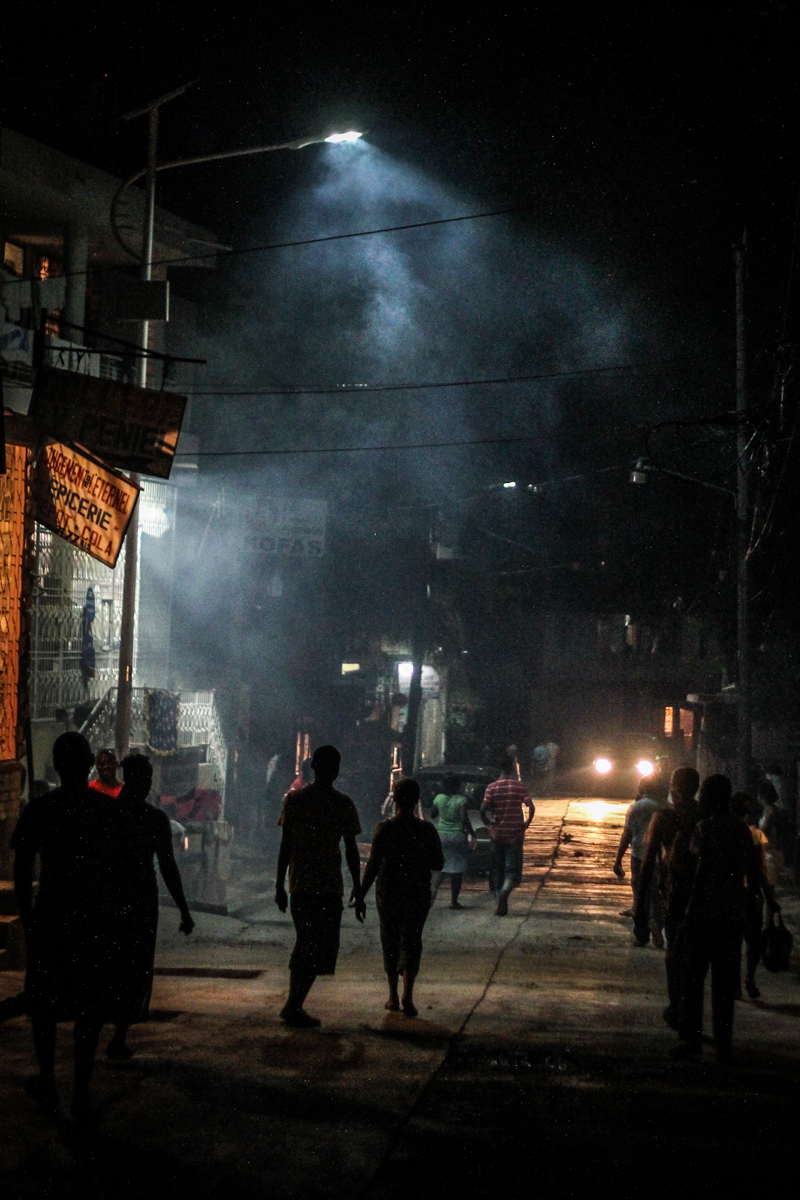
A colorful outpouring of art swept over Haiti when, after years of violence under a military regime, the country’s first democratically-elected president Jean-Bertrand Aristide returned to Port-au-Prince in1994. Aristide’s return marked the return of democracy and peace—a legacy later questioned and debated among various civil society actors. But at that moment, new murals, paintings, and sculptures lined the streets of the nation. Artists now dared to sign their names as an act of autonomy and resistance, having faced brutal repression only weeks prior.
This hopeful moment is only one of many instances in which art has embodied resistance in Haiti. Haitian painters, musicians, writers, and artists of all disciplines have always used their talents to voice their opposition to corrupt regimes and unwanted foreign intervention. Their art reflects their world.
From the United States occupation between 1915 and 1934 to the aftermath of the assassination of President Jovenel Moïse in 2021, the artists profiled in this article have all honored this line of work. Art has always served as a tool of societal change, no matter the time period. Through glimpses of the lives and works of selected Haitian artists, it is possible to witness how Haiti’s fight for change has evolved and lives on.
m-block-quote “>
“Artists now dared to sign their names as an act of autonomy and resistance…”
Jean-Fernand Brierre (1909-1992)
Jean-Fernand Brierre was born on September 28, 1909 in Jérémie and is remembered as one of Haiti’s most brilliant writers. He played a leading role in resisting the United States occupation (1915-1934) and promoting Haiti’s struggle for sovereignty.
Through his writing, he envisioned Hait’s liberation, perhaps best articulated in Black Soul (1947). One excerpt reads:
“for there is no land where your blood has not been shed,
no tongue in which your color has not been cursed.
You smile, Black Boy,
you sing,
you dance,
you rock the cradle of the generations
that are still coming, that keep coming
onto the battlefields of work and suffering,
that will be coming tomorrow to lay siege to the bastilles
and bastions of the future
to write in every tongue,
on the bright pages of every sky,
the declaration of your rights”
With its stunning imagery and delicate language, Black Soul describes a feeling of immense pride and belief in the black community. The “Black Boy” symbolizes the next generation that, just as Brierre did, would have to fight for their equality. They too have fought and continue to fight to be seen for their humanity in a world that deprives them of it.
“Freedom is an inmost power… I sometimes feel I have gone off course, standing for years in front of a door that would not open to me and that I was afraid to force…”
— Marie Vieux-Chauvet in 'Amour, colère et folie'



